One man’s meat is another man’s poison, or so the old saying goes, but it’s doubtful whether anyone could make use of 1,250 gallons of ruined mayonnaise. According to Atlas Obscura, though, that was exactly the situation at Michigan State University this past December, thanks to freezing temperatures that compromised a ridiculous amount of the condiment. With the mayo unable to be served to the students, and unable to be donated to food kitchens or other places that might use it, the university was looking at a real problem.
Fortunately, it was possible to turn all that mayo into fuel.
On-Campus Anaerobic Digestion To The Rescue
Carla Iansiti is the campus’ Sustainability Officer, found a solution to the dilemma. On the south side of the campus, there are anaerobic digesters, there are anaerobic digesters, which are used to power farms. These digesters eat any kind of biodegradable waste, turning it into biogas that is then burned for power. While most people think of grass clippings, leaves, and other yard waste when it comes to these digesters, food waste like the mayonnaise is ideal for the bacteria that breaks down the waste. So, rather than waste any more time, volunteers began pouring out all the unusable mayo, turning it into something useful… if not exactly pleasant.
While this is a small-scale victory, it does raise the question of why we are letting a perfectly functional fuel source get dumped into landfills. With millions of tons of food waste generated every year in the United States, and much of it sitting in open landfills creating massive greenhouse gas emissions, ask what our grids would look like if we could just take food we couldn’t eat, and turn it into power. How much cleaner would our air be, and how much more electricity would be in our grids?
It’s an interesting question and one that should be answered on a larger scale.











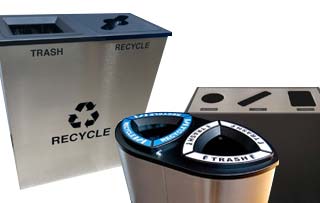









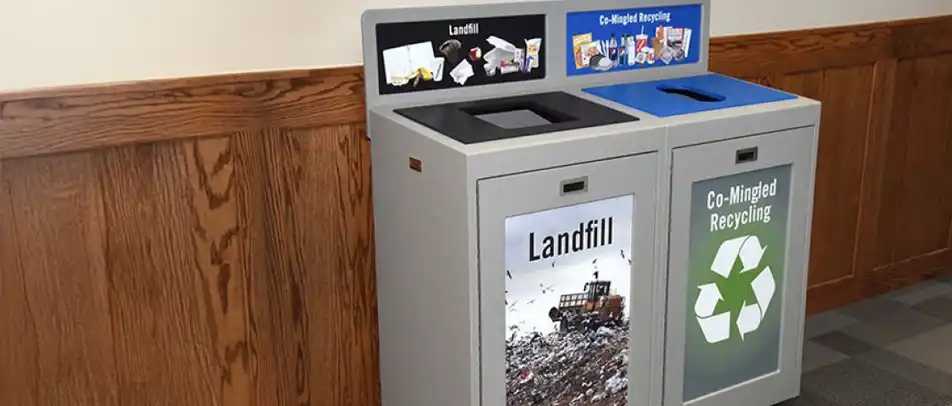










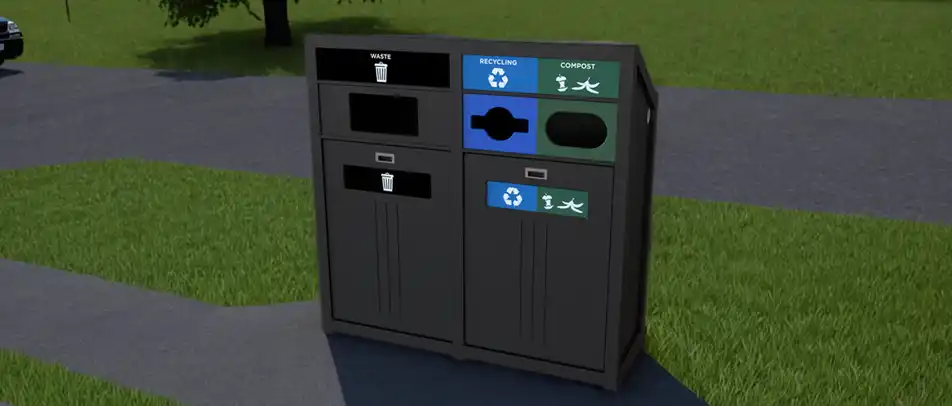












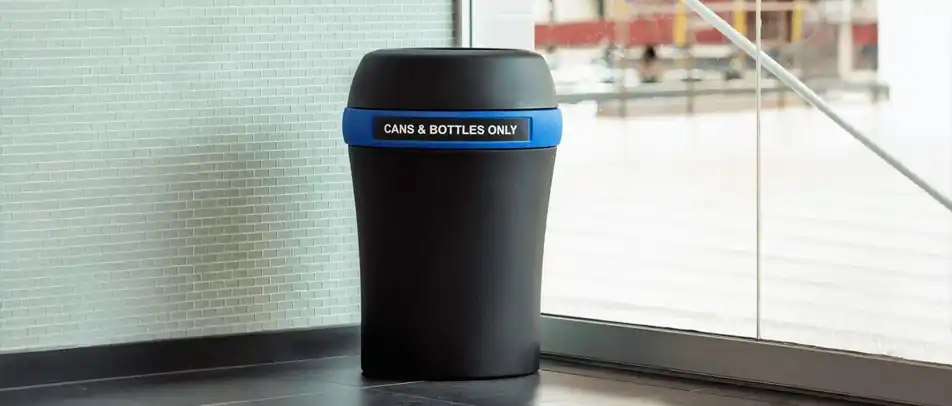









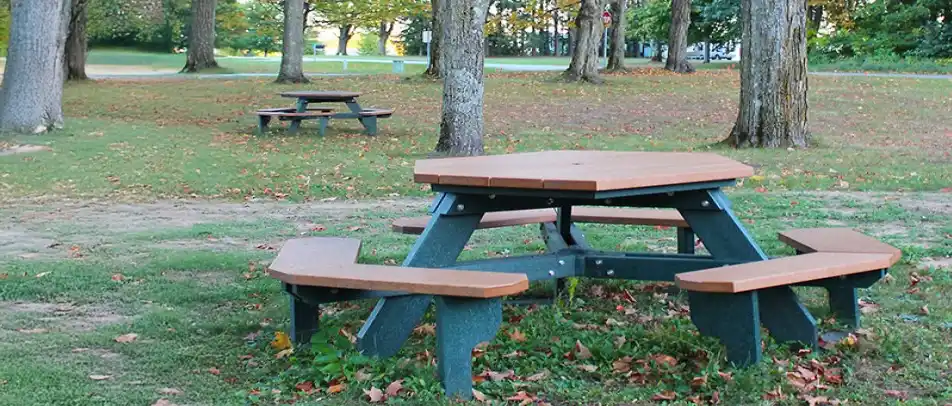

































 Three Ways to Engage Teams and Clients to Maximize Your Recycling Program Engagement
Three Ways to Engage Teams and Clients to Maximize Your Recycling Program Engagement  How to Integrate Accessibility Into Your Sustainability Planning
How to Integrate Accessibility Into Your Sustainability Planning  Why Park Benches Can Promote Workplace Well-Being
Why Park Benches Can Promote Workplace Well-Being 
